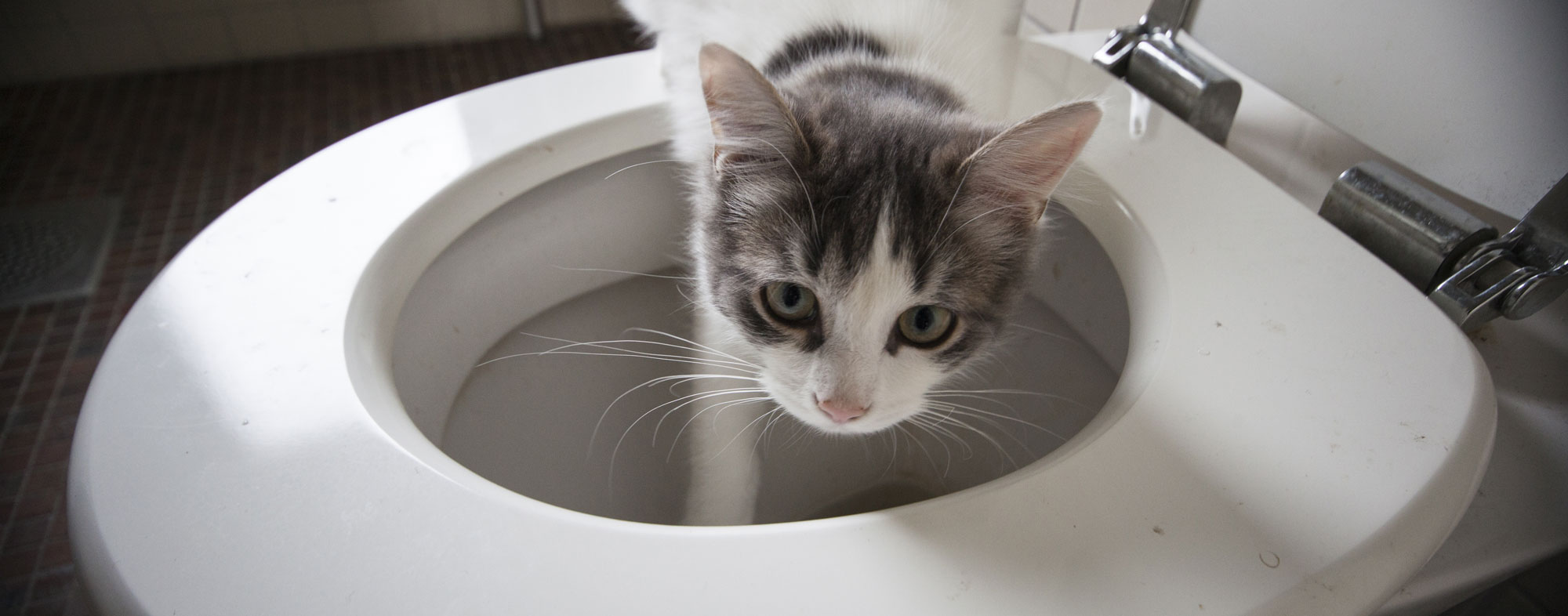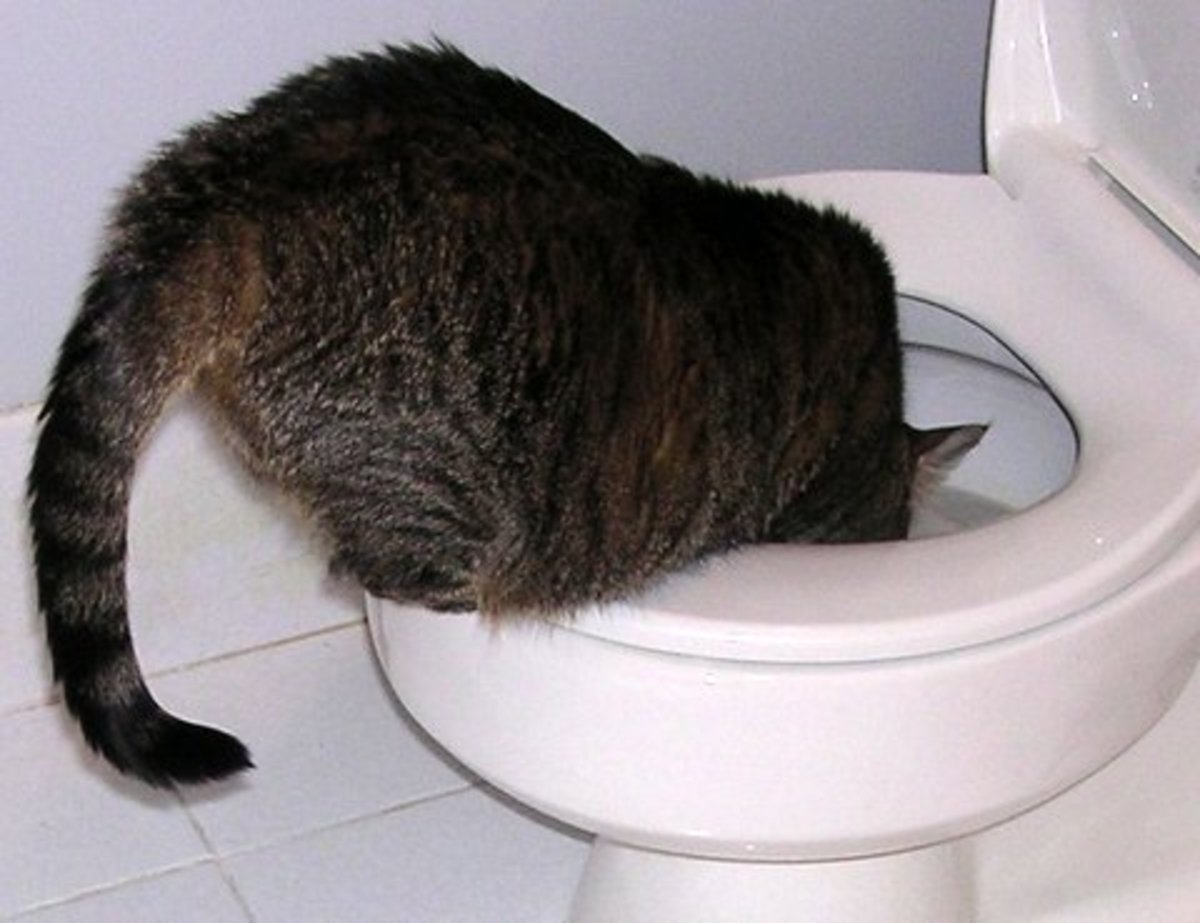Avoid Flush Cat Poop Down Your Toilet - Maintain Your Home's Plumbing Integrity
Avoid Flush Cat Poop Down Your Toilet - Maintain Your Home's Plumbing Integrity
Blog Article
The publisher is making a number of good pointers regarding How to Dispose of Cat Poop and Litter Without Plastic Bags as a whole in this great article below.

Intro
As cat owners, it's necessary to bear in mind just how we take care of our feline friends' waste. While it may seem practical to flush feline poop down the bathroom, this method can have damaging effects for both the setting and human wellness.
Environmental Impact
Flushing pet cat poop presents hazardous microorganisms and bloodsuckers right into the water system, posturing a significant risk to water communities. These contaminants can negatively affect marine life and concession water high quality.
Health and wellness Risks
In addition to ecological problems, purging cat waste can additionally present health dangers to humans. Pet cat feces may have Toxoplasma gondii, a parasite that can create toxoplasmosis-- a potentially serious illness, specifically for expectant women and individuals with weakened body immune systems.
Alternatives to Flushing
Luckily, there are safer and extra liable means to get rid of cat poop. Consider the adhering to options:
1. Scoop and Dispose in Trash
The most typical approach of taking care of cat poop is to scoop it right into a biodegradable bag and throw it in the trash. Make sure to make use of a committed trash inside story and get rid of the waste immediately.
2. Usage Biodegradable Litter
Select eco-friendly feline trash made from products such as corn or wheat. These trashes are eco-friendly and can be safely taken care of in the garbage.
3. Bury in the Yard
If you have a backyard, think about burying feline waste in a designated location far from veggie yards and water sources. Make sure to dig deep enough to stop contamination of groundwater.
4. Install a Pet Waste Disposal System
Buy a family pet garbage disposal system particularly designed for feline waste. These systems make use of enzymes to break down the waste, decreasing smell and environmental effect.
Conclusion
Accountable pet dog ownership expands beyond supplying food and sanctuary-- it also includes correct waste administration. By refraining from flushing pet cat poop down the bathroom and selecting alternate disposal techniques, we can reduce our ecological footprint and safeguard human wellness.
Why Can’t I Flush Cat Poop?
It Spreads a Parasite
Cats are frequently infected with a parasite called toxoplasma gondii. The parasite causes an infection called toxoplasmosis. It is usually harmless to cats. The parasite only uses cat poop as a host for its eggs. Otherwise, the cat’s immune system usually keeps the infection at low enough levels to maintain its own health. But it does not stop the develop of eggs. These eggs are tiny and surprisingly tough. They may survive for a year before they begin to grow. But that’s the problem.
Our wastewater system is not designed to deal with toxoplasmosis eggs. Instead, most eggs will flush from your toilet into sewers and wastewater management plants. After the sewage is treated for many other harmful things in it, it is typically released into local rivers, lakes, or oceans. Here, the toxoplasmosis eggs can find new hosts, including starfish, crabs, otters, and many other wildlife. For many, this is a significant risk to their health. Toxoplasmosis can also end up infecting water sources that are important for agriculture, which means our deer, pigs, and sheep can get infected too.
Is There Risk to Humans?
There can be a risk to human life from flushing cat poop down the toilet. If you do so, the parasites from your cat’s poop can end up in shellfish, game animals, or livestock. If this meat is then served raw or undercooked, the people who eat it can get sick.
In fact, according to the CDC, 40 million people in the United States are infected with toxoplasma gondii. They get it from exposure to infected seafood, or from some kind of cat poop contamination, like drinking from a stream that is contaminated or touching anything that has come into contact with cat poop. That includes just cleaning a cat litter box.
Most people who get infected with these parasites will not develop any symptoms. However, for pregnant women or for those with compromised immune systems, the parasite can cause severe health problems.
How to Handle Cat Poop
The best way to handle cat poop is actually to clean the box more often. The eggs that the parasite sheds will not become active until one to five days after the cat poops. That means that if you clean daily, you’re much less likely to come into direct contact with infectious eggs.
That said, always dispose of cat poop in the garbage and not down the toilet. Wash your hands before and after you clean the litter box, and bring the bag of poop right outside to your garbage bins.
https://trenchlesssolutionsusa.com/why-cant-i-flush-cat-poop/

We had been made aware of that write-up on Don’t flush cat feces down the toilet through a good friend on a different domain. In case you liked our blog posting plz do not forget to pass it around. Bless you for your time. Don't forget to stop by our site back soon.
Go Company Report this page